Discover
Marine Reef Environments
Australian Marine Reef Environments
Australian marine reefs are diverse and complex ecosystems formed by the accumulation of calcium carbonate skeletons produced by reef-building organisms such as corals, sponges, and algae. These reefs are found along the coast of Australia and can extend for hundreds of kilometers.
Marine reefs provide a unique habitat for various plant and animal species, including fish, crustaceans, mollusks, and echinoderms. The structure of the reefs offers shelter and protection for these organisms, as well as a source of food and nutrients.
Reef-building corals are particularly important in marine reef environments, as they form the foundation of the reef structure and support a high level of biodiversity. The corals provide a substrate for other organisms to attach to and produce food and nutrients through their symbiotic relationship with photosynthetic algae.
Marine reefs are also important for their role in supporting commercial and recreational fisheries, as well as providing coastal protection from storms and wave energy.
However, marine reefs are threatened by different human activities, such as overfishing, pollution, and climate change. Coral bleaching, a phenomenon in which corals expel their symbiotic algae in response to environmental stressors, is becoming increasingly common and can devastate reef ecosystems.
Conservation and management efforts are critical for protecting marine reef environments in Australia and worldwide.
Quick Facts
- Australia is home to the largest system of coral reefs in the world, the Great Barrier Reef, which stretches for over 2,300 km along the country’s northeast coast.
- Coral reefs are incredibly diverse ecosystems, providing a home for over 1,500 species of fish and thousands of other marine organisms.
- Coral reefs are very biodiverse ecosystems, and they support a wide range of important ecological processes such as nutrient cycling, carbon fixation, and habitat creation.
- Threats to Australian reefs include coral bleaching due to rising water temperatures. Invasive species like the Crown-of-Thorns Starfish, which feeds on coral polyps. To overfishing and sediment runoff from farms near waterways.
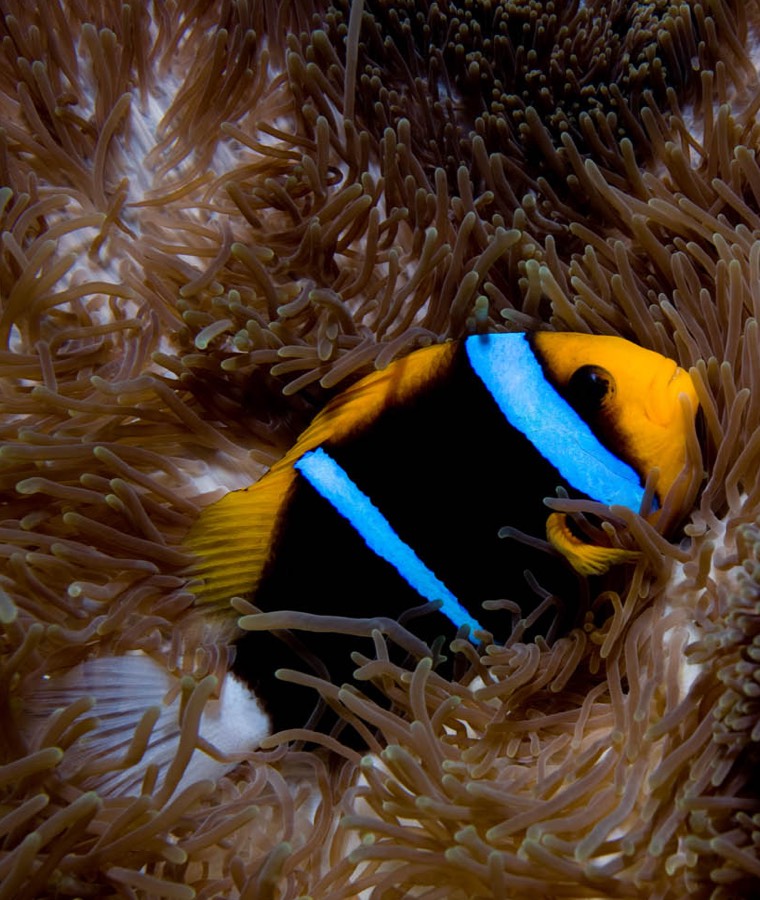
Exploring Australian Marine Reefs
Australia is famous for its incredible marine reefs, including the Great Barrier Reef, one of the world’s most spectacular natural wonders. There are many activities and things to explore on the reef, making it a popular destination for snorkelers, divers, and marine enthusiasts. Here are some activities to enjoy when exploring Australian reefs:
- Snorkel through the crystal-clear waters and get up close and personal with the diverse range of marine life that inhabit the reef, such as colourful fish, sea turtles, and even friendly dolphins.
- Dive down to explore the coral formations that make up the reef, from branching and table corals to delicate fan and brain corals.
- During their annual migrations, experience the thrill of swimming with gentle giants such as manta rays, whale sharks, and humpback whales.
- Take a glass-bottom boat tour to marvel at the reef’s vibrant colours and intricate patterns without getting wet.
- Charter a fishing boat and enjoy the excellent fishing around the reef. Catch fish of the reef, including Coral Trout, Snapper & various Emperors to pelagic fish like GT, Mackerel, Cobia, Wahoo, and even Marlin.
- Visit one of the many research stations and educational centres on the reef to learn about conservation efforts and the importance of preserving this unique ecosystem for future generations.
Australian reefs are great for seasoned divers or first-time snorkelers to different levels of anglers. There are plenty of activities and experiences available when exploring Australian reefs. Remember to take care of the fragile ecosystem and follow responsible tourism practices to ensure the reef remains a thriving and vibrant ecosystem for years.
Search the Australian
Fish & Marine Life Database
Australian Fish & Marine Species Identification – Freshwater & Saltwater Fish, Sharks, Rays and Invertebrates of Australia.
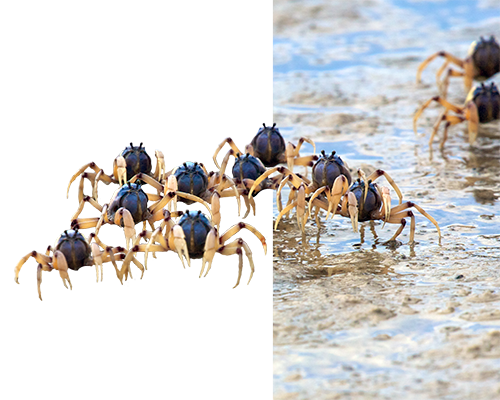
What are you looking for?
Australia is full of marine life. Discover its incredible diversity by exploring its different species below.
Crustaceans
Reef Fish
Sharks
Invertebrates
Rays
Jellyfish
Explore Other Environments
Australia’s aquatic environments are as diverse as its landscapes, ranging from iconic beaches to tranquil mangroves, estuaries, to fresh and saltwater lakes. Learn more about these diverse habitats.
Lake
Sandflat
Rock pool
Estuary
Breakwall
Ocean rocks
Mangrove
Beach
Discover More
There’s something for everyone. Dive into our resource library to learn fun facts and get information on everything marine. All your Australian marine life and lifestyle resource in one place!

Bait Jig Rig & Variations
Bait jig rigs represent a crucial piece of tackle for the angling world, blending the art of lure design with the...

Running Sinker Rig & Variations
The running sinker rig, also known as the ball sinker rig, is an extremely popular and easy to create rig. There...

Boat Motor Financing: Inboard & Outboard Motor Loans
Boat Motor Financing: Inboard & Outboard Motor Loans New or used boat motor loans to power or...
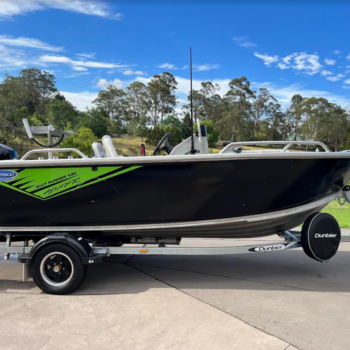
Boat & Jet Ski Trailer Loan & Finance Options
Boat And Jet Ski Trailer Loan Options Access the leading finance for new or used boat...

Getting A Used Boat Loan: Buying A Second Hand Boat
Getting Used Boat Finance & Buying A Second Hand Boat Accessing the best used boat...
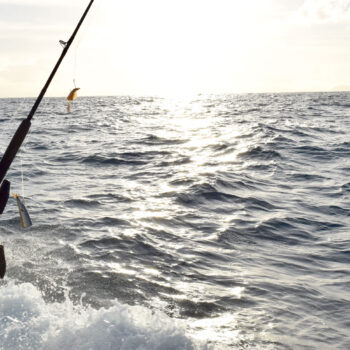
Paternoster Rig & Variations
The paternoster rig and its variations are a popular and easy rig to create. It can be created with single or...
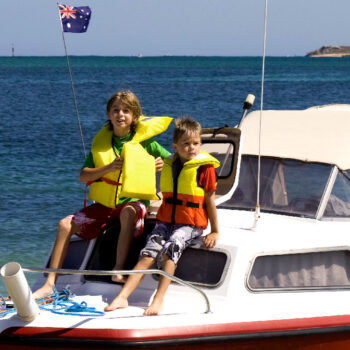
Lifejackets: Approved life vests by age, location and vessel type
The Essential Role of Lifejackets in Marine Safety in Australia The importance of a lifejacket to save lives comes...
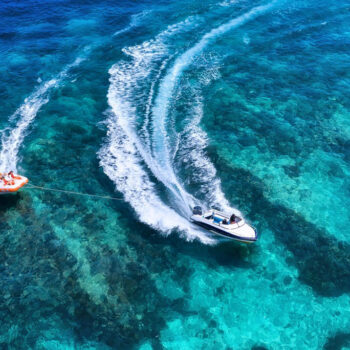
Boating Holidays
Boating holidays can be an excellent way to explore new places, relax and unwind, and spend time with family and...

